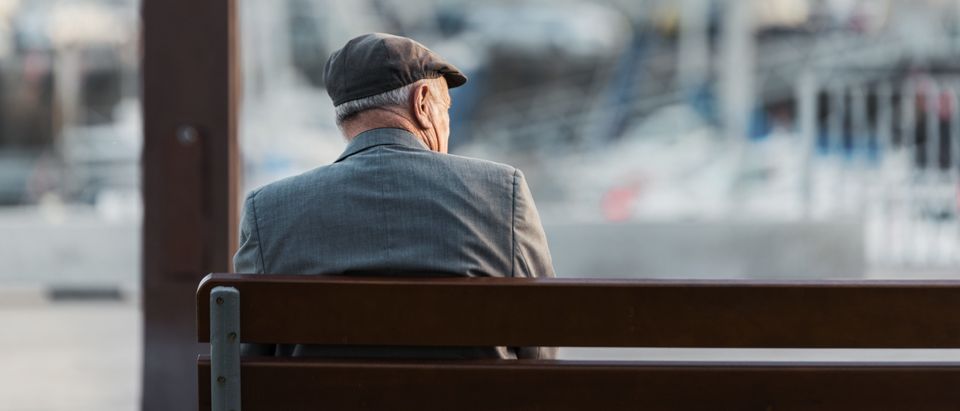The number of lonely older Americans is rising, according to a study recently published by the AARP Foundation. In a report entitled “Loneliness and Social Connections: A National Survey of Adults 45 and Older,” the foundation surveyed over 3,000 midlife and older Americans, and determined that “about one-third of U.S. adults age 45 and older report feeling lonely.”
Respondents answered 93 questions which covered topics ranging from marital status and income level to social networks, technology use and religious activity. Since the study was last conducted in 2010, the percentage of lonely people has remained at 35 percent, but that statistic includes an increase of approximately 5 million individuals to the age demographic.
The survey also assessed the correlation between social media use and loneliness. While the results indicated that social media use does not necessarily improve feelings of social isolation, 18 percent of lonely people strongly agreed with the statement: “The more I use the internet as a replacement for other forms of communication, the lonelier I feel.”
The study provided “an oversample of LGBTQ respondents,” to get statistically relevant results. According to the report, such “was included in order to explore the extent to which sexual orientation and gender identity might impact prevalence of loneliness in adults age 45 and older.” The study concluded that “loneliness proves more prevalent in the LGBTQ community.”
The AARP report is further indication that loneliness is likely rising among all age demographics. A report released by health insurer Cigna in May claimed that young adults aged 18-22 (Generation Z) and 23-37 (Millennials) were among the loneliest generations.
Some doctors warn that loneliness carries with it increased risk of other health problems, like Alzheimer’s disease and premature death. Former U.S. Surgeon General Vivek H. Murthy, M.D., told the Harvard Business Review, “During my years caring for patients, the most common pathology I saw was not heart disease or diabetes; it was loneliness.”


